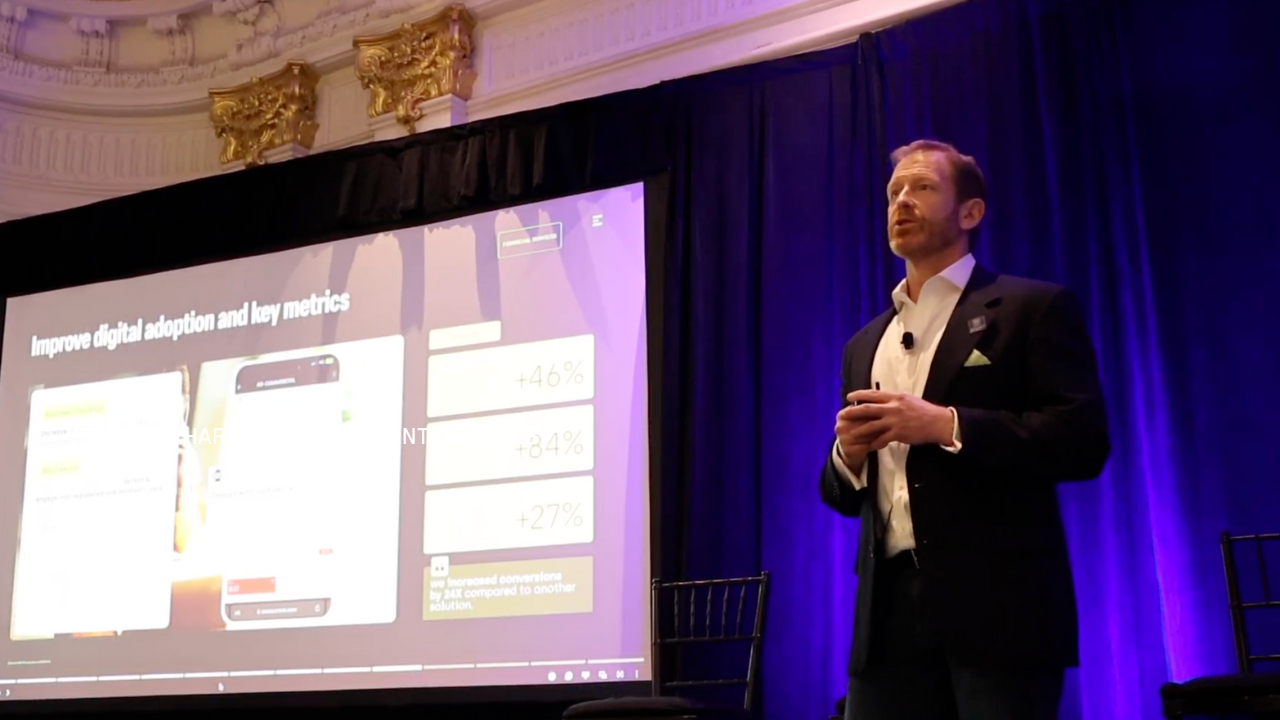Keeping churn under control is always a top priority for telco firms.
In the current environment, where it’s easy for customers to switch providers at a moment’s notice, firms need to offer more than the most competitive prices in order to keep customers at the end of their contracts.
Indeed, the costs of churn continue to be high. According to figures from Statista, in 2020, the overall annual churn rate for the telecoms industry in the US stood at 21 per cent.
What’s more, it has been estimated that it costs a typical telco around $315 to acquire a new customer. And given that the average consumer in the US spends $57.25 per month on their internet services and $50.17 per month on their cell phone plan, it’s likely to be several months before you start to see a return on this investment.
As such, improving retention is clearly essential in order to avoid these issues. A more stable customer base means greater profits as you’re spending less on activities such as marketing and onboarding, while customers who are happy to remain with their current provider may also be more open to upsells, or even work as a brand advocate.
So what can you do to improve your churn models in order to boost customer retention rates and improve return on investment? While there are a range of options for enhancing these models with better data, an essential starting point needs to be ensuring you’re asking the right questions of your models.
Visualizing insights to build understanding
A successful churn management model needs to have a deep, contextual understanding of your customers. This means not only having a good idea of what they’re likely to do, but the key reasons behind it.
Not every customer has the same priorities for quality of service, or the same reasons why they value the metrics they do. For example, people who like to spend their time in the great outdoors may value breadth of mobile coverage more than outright speed, while those who go to festivals will want resilient services that can deliver a fast data signal even in crowded areas.
Knowing this can have a significant impact on how you market to customers near the end of their contract, but this understanding is only available if you have access to the right data to investigate.
By asking relevant questions, CX professionals can identify what offers will be most effective at retaining customers. For instance, if your research shows certain groups of customers use an especially large amount of data on streaming services, you may want to offer incentives related to entertainment. But while many firms can identify these basics, this is only the start of what’s possible with the right insight.
For example, it may seem like a good idea to offer music lovers a free Apple Music or Spotify subscription. But if they already have this and the promotion specifies it is ‘for new customers only’ it will be a useless offer, wasting your time and resources and potentially annoying the customers.
Even how you frame the offer can make a big difference. You may know they’re music lovers, but do you know what type of music? If they listen to classical music and your subscription deal shows only pop stars, it’s unlikely to get a positive reaction, even if the offer itself is relevant. Similarly, messaging for subscriptions to premium sports channels should reflect the customer’s specific interests – graphics showing Chelsea players may turn off Liverpool or Manchester United fans before they even get a chance to consider the offer.
With the right data insight taken from first-party data such as weblogs, all these interests and affinities can be taken into account when building an understanding of the customers, so any offers can be personalized accordingly.
Enhancing existing churn management models
You don’t have to reinvent the wheel in order to reduce churn rates. After all, the models that telcos use to handle this vital element of their operations have typically been refined over the course of many years. But this doesn’t mean they can’t be enhanced.
One of the best ways to do this is by adding behavioural insights to your models. This can help improve the elements of these models that manage churn prediction by adding more context, to help improve decision-making.
This is something that Intent HQ was able to achieve with Verizon. We improved the firm’s already market-leading churn management model by adding data including weblogs, call record details and quality of experiences scores – all of which was stripped of personally identifiable data to protect privacy – in order to build a more complete customer understanding.
The results of this are clear. Since adopting the Intent HQ platform, the accuracy of Verizon’s churn model has improved by 2.1 per cent across the top three deciles, which translates to a forecasted five-year value of $180 million. What’s more, in the top decile – those customers identified as most at risk of churn – the increase was 3.5 per cent.
By adding human-led behavioural insight to your churn models, you can gain a better understanding of exactly what your customers expect from you, leading to better decision-making and, ultimately, higher retained revenue.
Get in touch to find out more about how the SafeSignal Engine can enhance your telecoms churn management model.
Image credit: iStock/Wavebreakmedia




